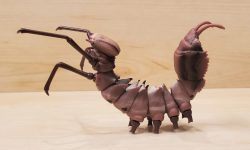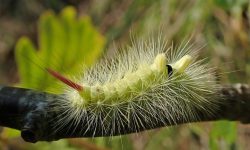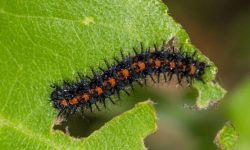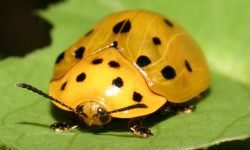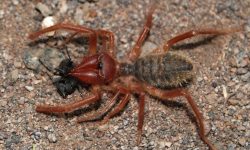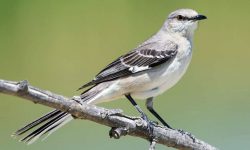Texas is home to many species of large moths, all of which have unique color patterns that help them blend in with their surroundings. Although large caterpillars have a scary appearance, most of them are completely harmless. Let’s learn about 24 common species of large moths found in Texas.
Different types of Large Moths in Texas
Salt Marsh Moth
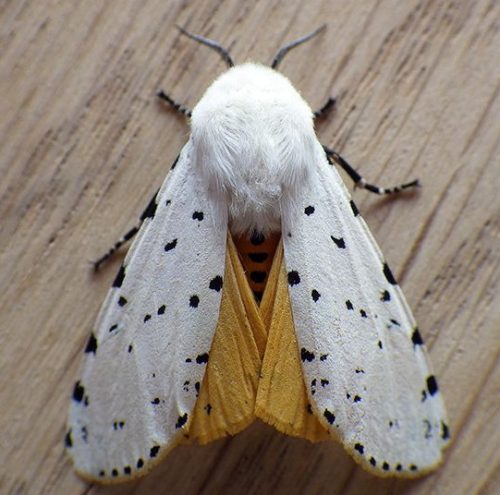
Texas’s salt marsh moths (Estigmene acrea) are infamous for harming tomato, corn, and cotton crops with their caterpillars. Farmers work very hard to keep these pests away from their crops. They are visible all year round and active from May to August in the deep south. Using silk strands, caterpillars have an unusual defense mechanism that allows them to “windsurf” away from possible threats.
Imperial Moth
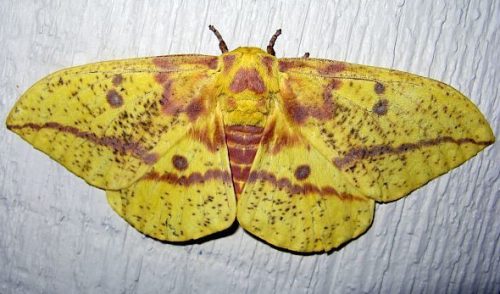
Large wingspans and eye-catching, variable patterns are characteristics of Texas’s Imperial Moths (Eacles imperialis). They are found in suburban, rural, and wooded areas. Their caterpillars are multicolored, have stinging hairs and spines, and protect themselves from predators. Although formerly widespread, they are now rare in some areas as a result of pesticides, light pollution, and the 1906 introduction of the Tachinid Fly to control gypsy moths.
Io Moth
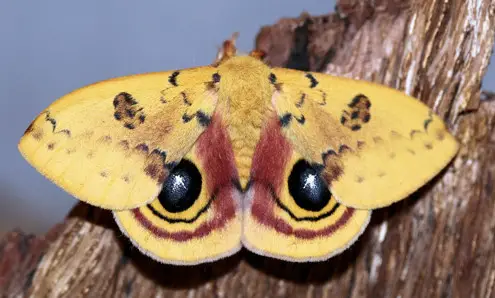
Texas’s Io Moths (Automeris io) captivate with their bright eyespots that are used as a form of defense. They are drawn to outdoor lights at night and are active in the north from May to June, and in the warm south from February to September. With their poisonous spines, caterpillars are colorful and travel in distinct “trains.” Any time you handle them, proceed with caution.
Yellow-collared Scape Moth
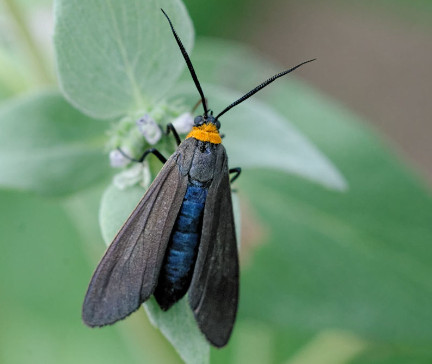
In Texas, yellow-collared Scape Moths (Cisseps fulvicollis) are common and can be found in parks, gardens, and wet meadows. They imitate wasps to ward off predators while they pollinate flowers like milkweed and asters during the day. At night, they may also be seen close to outdoor lights. Each year, the last brood produces one to three breeding generations, which overwinter in larval cocoons made of body hairs.
North American Luna Moth
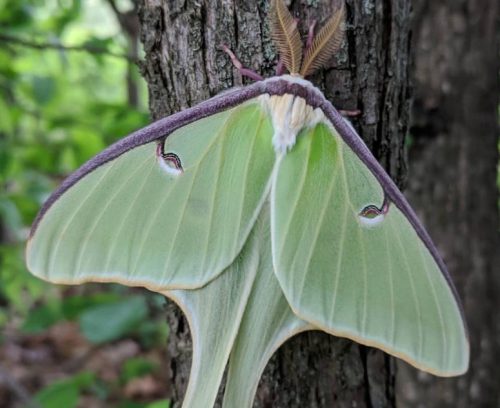
With its large lime-green wings, maroon borders, and striking eyespots, the North American Luna Moth (Actias luna) is a striking sight in Texas. Interestingly, females have larger abdomens stuffed with eggs, while males have feathery antennae. Predators are startled by their eyespots, and their long tails may cause confusion for bats using echolocation. They produce pheromones that males can detect from a distance of miles while they are actively breeding from spring to summer.
Giant Leopard Moth
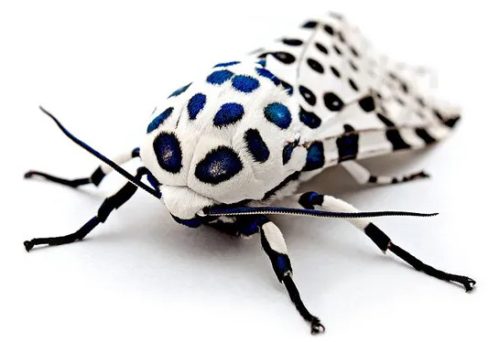
With 2.24–3.58 wingspans, white forewings with bluish-black dots, and translucent edges over time, the Giant Leopard Moth (Hypercompe scribonia) is a striking sight. Its abdomen is white with solid black spots underneath and dark blue with orange markings on top. Aptly named for its wings that resemble those of a leopard, it has defense mechanisms that include pretending to be dead and releasing a bitter fluid.
Virginian Tiger Moth
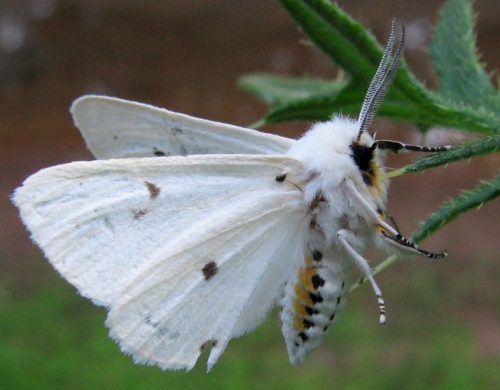
The Spilosoma virginica, also known as the Virginian Tiger Moth, has 1.25-2 wingspans, white wings with black dots, and a white abdomen with rows of black dots and yellow stripes. Males show off their large, fluffy antennae. These moths live in a variety of Texas environments, including urban areas, forests, and rainforests. They breed several times a year, producing multiple broods that overwinter as caterpillars. They use pheromones and zigzag flight patterns.phenomena. The male reproduces after mating, mating with as many females as he can. Every year, they typically produce several broods, with the final brood overwintering as caterpillars.
Isabella Tiger Moth
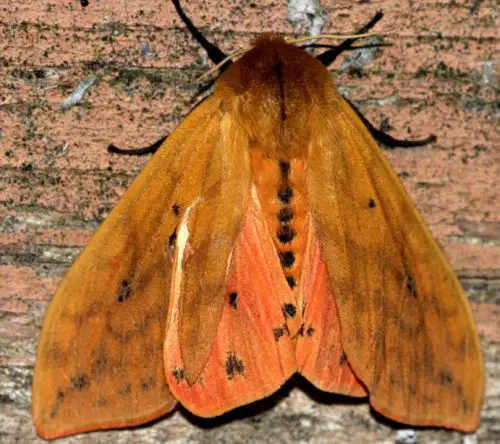
In Texas, the Isabella Tiger Moth (Pyrrharctia Isabella) can adapt to a variety of environments. It can survive in icy climates like the Arctic thanks to its fascinating life cycle. In order to survive the winter, they produce a cryoprotectant while they are caterpillars. In order to mate and lay eggs, adult moths have a brief life. They have a tymbal organ that makes ultrasonic clicks to ward off predators and possibly disrupt bat echolocation. When in danger, Wooly Bear caterpillars—who are renowned for their ability to predict winter—roll into protective balls.
Green Cloverworm Moth
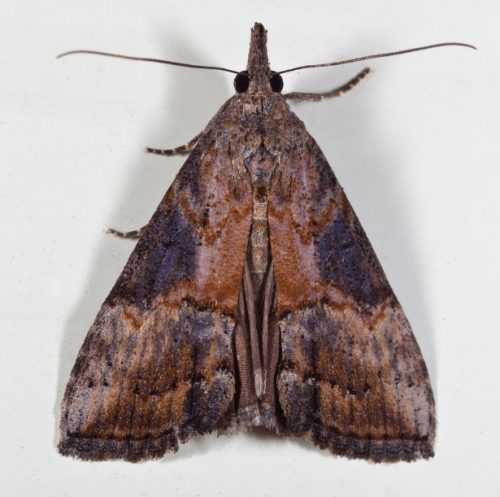
The Green Cloverworm Moth (Hypena scabra) is a small, inconspicuous species that is frequently observed in fields and gardens close to outdoor lights. Gardeners should be concerned about them because their larvae can be harmful to vegetables. They have several annual broods, so they can be seen all year round in warmer climates and from March to November in northern regions, with sporadic sightings in other months on warm days.
Banded Tussock Moth
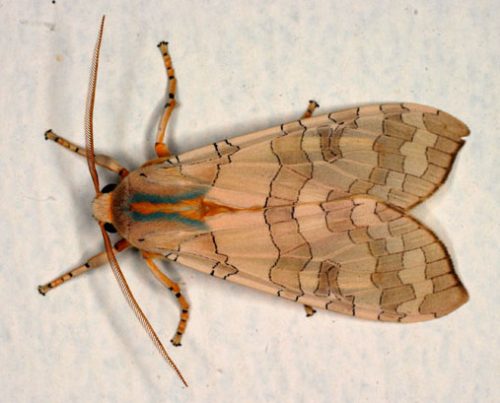
Texas’s deciduous forests are home to the Banded Tussock Moth (Halysidota tessellaris), which also sometimes appears close to outdoor lights. Often misidentified as Sycamore Tussock Moths, they are active from May to August. Adults consume nectar from flowers, while caterpillars absorb chemicals from plants as a means of defense. They stand out in their natural habitat due to their colorful bodies and distinctive checkered wing pattern.
Polyphemus Moth
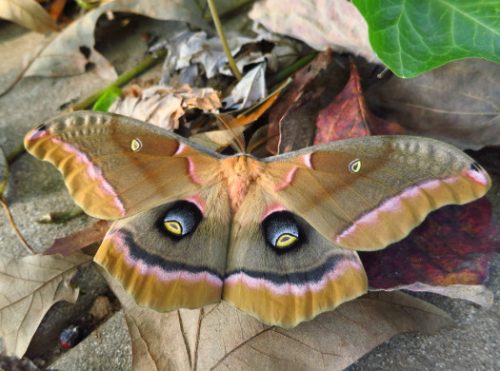
In Texas, the Polyphemus Moth (Antheraea polyphemus) is distinguished by its massive, menacing eyespots that resemble owls. These short-lived adult moths spend their entire four days in forests, orchards, wetlands, and urban areas, where they are exclusively focused on mating. Males use their feathery antennae to locate females, who attract them with pheromones. They do not feed during their brief adult stage.
Tersa Sphinx
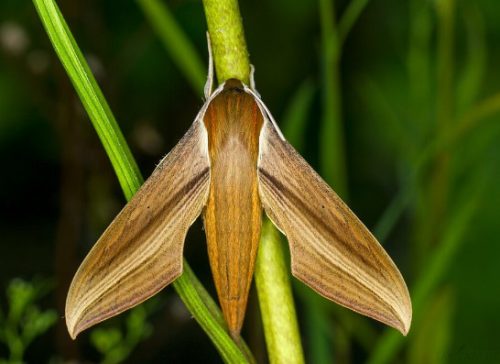
With wingspans of 2.38–3.13, grayish-brown forewings, and hindwings with black patches and pale spots, the Tersa Sphinx Moth (Xylophanes tersa) is a striking insect. At dusk, these pollinators feed on the nectar of flowers; the males are attracted to lights outside. When they feel threatened, their behavior resembles that of a sphinx. They are active in the warm Texas weather and are found in tropical areas year-round, and in the north from May to October. Their unique tan pupae fluoresce brightly when exposed to UV light.
Forest Tent Caterpillar Moth
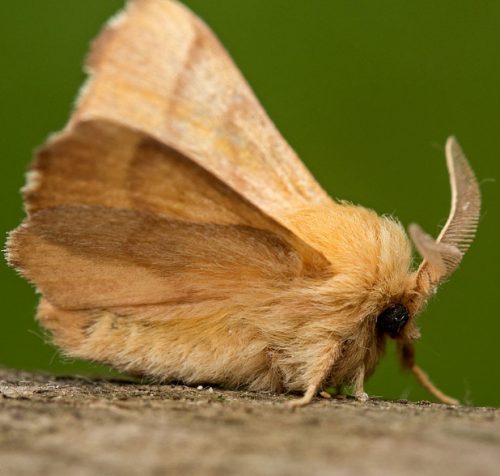
With wingspans of 1–1.75, the Forest Tent Caterpillar Moth (Malacosoma disstria) has wings that are yellow, tan, or buff-brown in color with darker lines running parallel to each other. With populations that fluctuate every 6–16 years, these are the most common tent caterpillars in Texas. They live for roughly ten days and are active in July without feeding. They congregate close to outdoor lights during outbreaks and construct silk mats as sleeping areas rather than tents.
Large Yellow Underwing
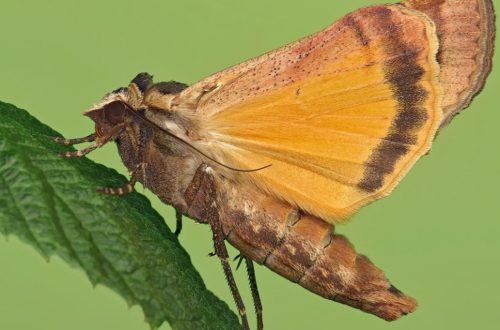
In Texas, the Large Yellow Underwing (Noctua pronuba) has wingspans of 1.57 to 2.36 and bright yellow-orange hindwings with a black band. The forewings are brown. They can adapt to a variety of environments, and during takeoff, they astonish predators with unexpected bursts of color. Attracted to outdoor lights, these nocturnal moths are common in open, shrubby, and urban areas. They only give birth to one generation per year and have longer lifespans than other moths.
Carolina Sphinx
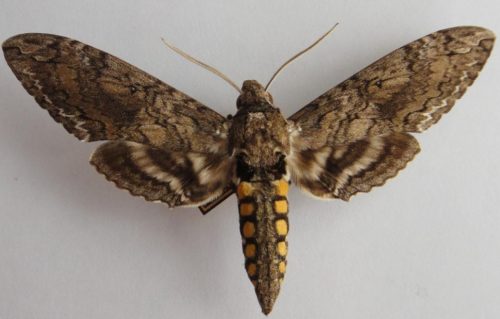
The Carolina Sphinx (Manduca sexta) has wingspans of 3.75–4.75, and its markings are unique. Hovering over nectar-producing flowers are these hawk moths. Although they are very good pollinators, their caterpillars, called tobacco hornworms, can seriously harm crops like tobacco and tomatoes. They may have two broods from May to October in cooler climates, but they may have several in warmer climates. In their brief life, they can lay up to 1,000 eggs and overwinter as pupae.
White-lined Sphinx
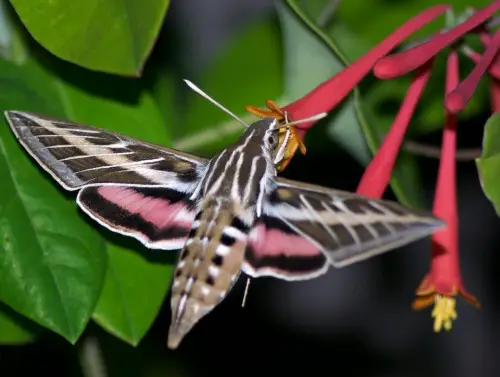
In Texas, the White-lined Sphinx (Hyles lineata), which resembles hummingbirds, floats above flowers while using its long proboscis to sip nectar. They occasionally start explosive outbreaks when they lay their eggs on different host plants. Thought to be connected to soil and food preferences, the reasons behind caterpillar migrations prior to metamorphosis are still unknown. Moths emerge shortly after two to three weeks of pupation underground.
Fall Webworm Moth
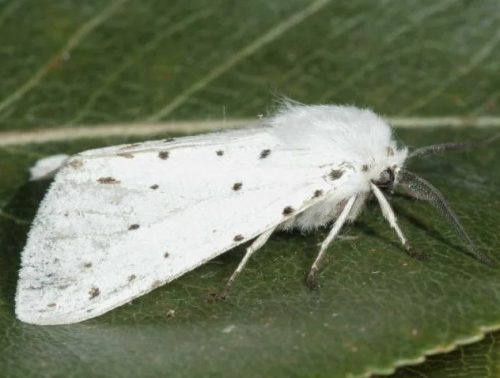
The Fall Webworm moth (Hyphantria cunea) feed on the leaves of different hardwood trees, erecting tents around them to provide cover and security. Sightings in Texas take place from April through September. Each year, there is only one brood in the north, and two or three in the south. Large egg masses are laid by females prior to their death, and the remaining offspring overwinters as pupae in robust brown cocoons, completing their metamorphosis into moths in the spring.
Ailanthus Webworm Moth
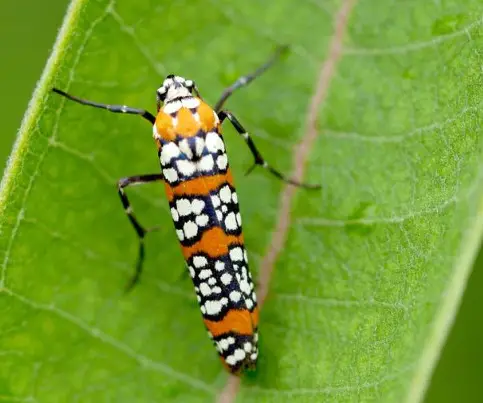
The Ailanthus Webworm Moth (Atteva aurea) has orange forewings with black-outlined yellow spots that vary in size throughout the state of Texas. Quick life cycles allow for a smooth transition from egg to adult, with some broods surviving the winter as eggs. Their vivid colors serve as a warning to predators that they are unappealing, and they pollinate by consuming flower nectar and storing chemicals from the tree of heaven.
American Dagger

The largest dagger moth in Texas is called the American Dagger (Acronicta americana), and it has beautiful black and white patterns. They can be found in parks, backyards, swamps, and deciduous forests. Depending on the area, they can have one to three broods a year. Caterpillars appear between July and October, and they are active from April to September. The dagger-shaped markings on their forewings are visible if you look closely.
Milkweed Tussock Moth
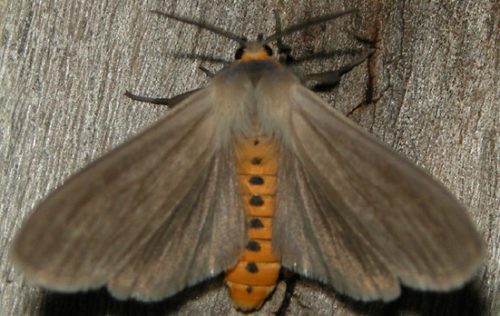
Although the adults of the Milkweed Tussock Moth (Euchaetes egle) may appear uninteresting, their bright caterpillars, which have tufts of black, white, and orange hairs, are easily identifiable. They use high-frequency clicks to alert bats and store plant chemicals to ward off predators. Living side by side with monarch butterflies, they are essential natural pollinators that promote the growth of milkweed plants without posing a threat.
People Who Read This Also Read:

